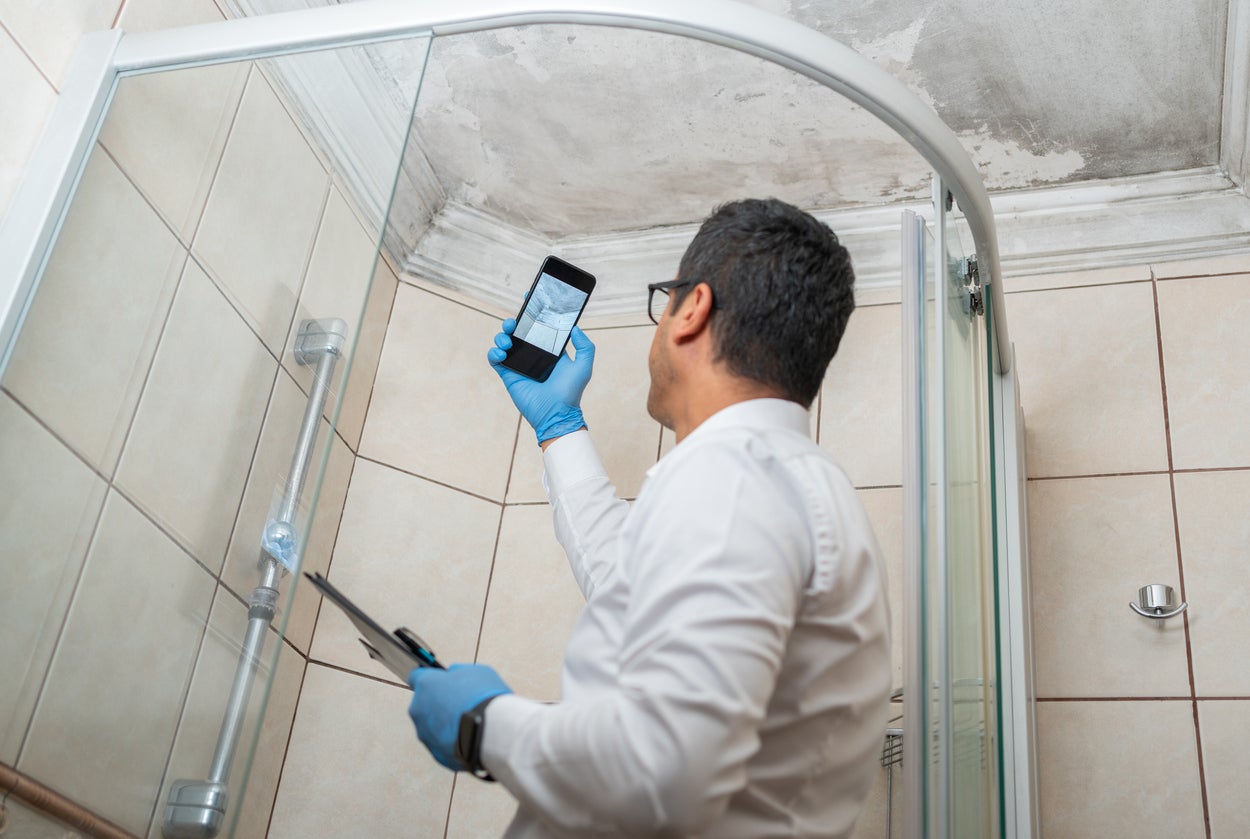Advice on What to Do After Mold Remediation
Advice on What to Do After Mold Remediation
Blog Article
Expert Tips for Post Mold Removal Success
In the world of mold removal, successfully eradicating mold and mildew is just half the battle; the real challenge lies in avoiding its reappearance. By adhering to experienced ideas and ideal methods, people can guard their spaces versus mold and mildew renewal and maintain a healthy and balanced indoor environment.
Screen Humidity Degrees Consistently
After finishing mold and mildew removal procedures, keeping optimum moisture levels is important to stop mold re-growth and make certain a healthy interior environment. High humidity degrees over 60% create a favorable environment for mold and mildew to prosper, making regular keeping track of a positive measure to stop any future mold and mildew issues.
Using hygrometers or moisture meters can help in accurately gauging moisture levels in various areas of the building. These tools supply real-time information that enables removal professionals to make enlightened decisions relating to ventilation, dehumidification, and other required activities to keep perfect moisture levels post-remediation. Additionally, establishing a routine schedule for humidity checks, especially in high-risk locations such as cellars, kitchen areas, and bathrooms, is an aggressive technique to mold prevention. By regularly checking moisture levels, homeowner can properly minimize the danger of mold reoccurrence and keep a healthy and balanced indoor atmosphere post-remediation.
Conduct Thorough Inspections Post-Remediation
Following the conclusion of mold remediation procedures, it is necessary to perform detailed examinations to validate the efficiency of the removal procedure. These post-remediation inspections are important in ensuring that the mold problem has been effectively addressed which there is no reoccurrence or continuing to be mold and mildew development. Assessments should be accomplished by certified specialists who have competence in determining mold and examining interior air high quality.
During these inspections, various methods such as aesthetic evaluations, air sampling, and surface sampling may be utilized to extensively assess the remediated locations. Visual evaluations entail a thorough evaluation of the premises to look for any kind of noticeable indications of mold and mildew growth or water damages. Air sampling assists in determining the air-borne mold spore degrees, while surface area tasting can detect mold and mildew fragments on surface areas.
Implement Correct Air Flow Strategies
After making certain the performance of the mold and mildew remediation procedure through detailed inspections, the next essential step is to focus on carrying out appropriate air flow approaches. Adequate ventilation is necessary in protecting against mold reoccurrence by controlling dampness degrees and advertising air blood circulation. To accomplish this, it is advised to use exhaust followers in areas prone to high moisture, such as shower rooms and kitchens. In addition, opening up doors and windows when weather condition permits can aid enhance air flow and decrease dampness buildup. Air dehumidifiers and purifiers are additionally valuable tools in preserving optimal indoor air quality.
Correct ventilation not just aids in protecting against mold growth but additionally contributes to the overall wellness and comfort of residents. By making certain ample ventilation throughout the building, you can minimize the danger of mold regrowth and develop a much healthier living atmosphere.

Usage Mold-Resistant Products for Repairs
To boost the lasting effectiveness of mold and mildew removal initiatives, integrating mold-resistant products for fixings is essential in alleviating the risk of future mold development. Mold-resistant materials are designed to endure dampness and prevent mold and mildew development, making them an essential selection for locations prone to wetness and moisture. When fixing areas influenced by mold, using materials such as mold-resistant drywall, mold-resistant paints, and mold-resistant caulking can assist protect against mold and mildew reoccurrence.
Mold-resistant drywall is a superb alternative to standard drywall in locations like washrooms and basements where moisture degrees are higher. When revealed to damp problems, this kind of drywall has an unique finishing that withstands mold and mildew growth also. Furthermore, utilizing mold-resistant paints including antimicrobial representatives can better inhibit mold and mildew development on wall surfaces and ceilings.
In locations where dampness is common, such as bathroom and kitchens, using mold-resistant caulking around sinks, tubs, and windows can aid secure out water click to read and protect against mold and mildew from taking hold in fractures and gaps. By buying these mold-resistant materials during repairs post-remediation, you can significantly decrease the chance of future mold problems and preserve a much healthier interior setting.
Maintain Sanitation and Address Water Issues
After mold and mildew remediation, it is critical to maintain a tidy setting to protect against the regrowth of mold and mildew. Leakages, water intrusion, or high moisture degrees can create the excellent breeding ground for mold, so it is crucial to take care of any type of water-related troubles instantly.
To keep cleanliness, take into consideration using HEPA filters in vacuums and air cleansers to catch mold spores and prevent their flow airborne. Moreover, guaranteeing proper ventilation in areas vulnerable to moisture build-up, such as restrooms and cooking areas, can help keep humidity levels in check. By staying attentive about cleanliness and addressing water issues promptly, you can effectively avoid mold reinfestation and preserve a healthy indoor environment.
Verdict

In the realm of mold and mildew remediation, efficiently removing mold and mildew is only half the battle; the true difficulty exists in avoiding its reappearance. After completing mold remediation procedures, preserving optimum humidity levels is essential to protect against mold and mildew re-growth and ensure a healthy indoor setting. High humidity degrees above 60% create a favorable setting for mold and mildew to prosper, making normal keeping an eye on an aggressive measure to avoid any type of future mold and mildew issues.
To enhance the long-term efficiency of mold remediation initiatives, integrating mold-resistant materials for repair services is website link crucial in reducing the danger of future mold and mildew growth. After mold remediation, it is critical to keep a tidy atmosphere to prevent the regrowth of mold.
Report this page